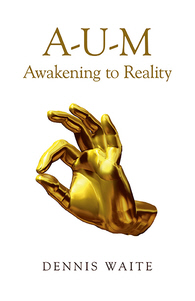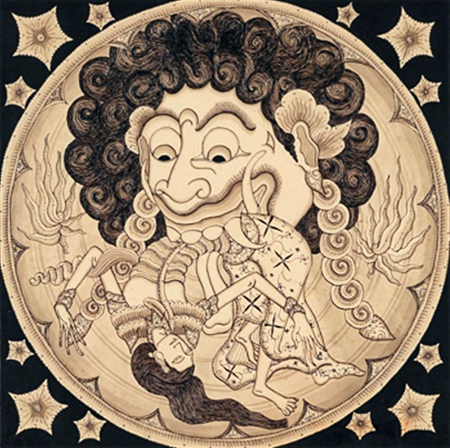Q: Knowledge, which is in or of the mind or intellect, must ultimately be given up. So really, is it knowledge or just ‘pointers’ to the truth of things? Like the pole vaulter letting go of the pole to get over the bar, the mind must be given up or let go of, which includes the knowledge. So really, knowledge isn’t the key or final secret. Simply abiding as Consciousness (what we really are), is the real point of all of this.
And, witnessing seems to be of two ‘kinds’:
. Subject-object witnessing the normal person does all day
. The non-experiencing witness, which is the pure Consciousness that sees all within itself. I.e. like the analogy of the movie screen and movie.
Really, it can be summed up by the fact that knowledge is not the key but only a pointer to ‘what really is’, which is the non-experiencing Witness.
Continue reading


 Narada climbs up the staircase from Name up to Spirit almost hopping and jumping spurred by his own enthusiasm and curiosity. He asks his venerable teacher at each step after meditating, “What’s next?” He, however, falls absolutely silent after meditation at the level of Spirit, the 15th itself. He has another flight of steps to take to reach the Ultimate, the Absolute!
Narada climbs up the staircase from Name up to Spirit almost hopping and jumping spurred by his own enthusiasm and curiosity. He asks his venerable teacher at each step after meditating, “What’s next?” He, however, falls absolutely silent after meditation at the level of Spirit, the 15th itself. He has another flight of steps to take to reach the Ultimate, the Absolute!